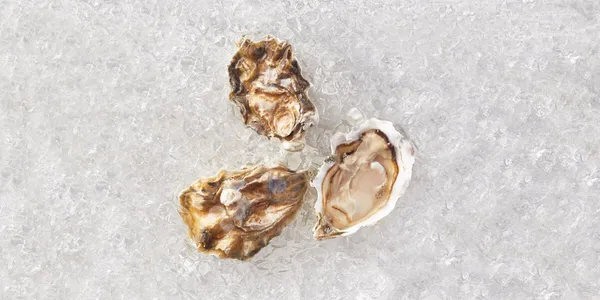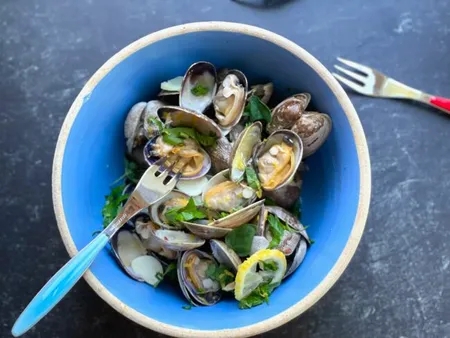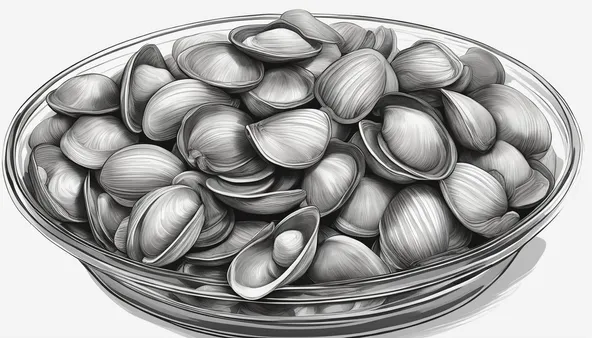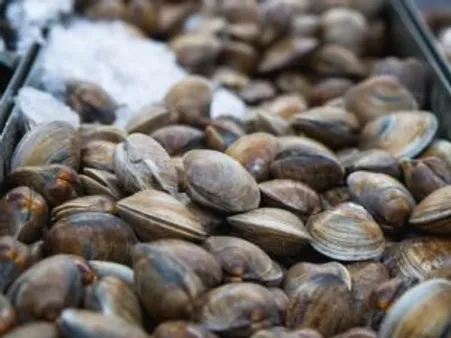Table of Contents
At tauhuichiban, we understand the importance of proper clams storage to ensure your seafood remains fresh and safe. Whether you've just purchased live clams or are planning a clamming trip, knowing how to store them correctly is crucial. This article will guide you through the best methods for keeping your clams in optimal condition, from refrigeration techniques to freezing advice.
Storage Method | Instructions |
|---|---|
Refrigeration | - Store in porous bag or damp cloth; avoid sealed containers. - Keep in coldest part of refrigerator. - Use within 7 days. |
Freezing | - Shuck first; rinse with salt water. - Store in clam liquid with additional salt water. - Lasts up to 3 months at 0 degrees F. |
Transportation | - Use cooler with ice and newspaper layers. - Keep lid slightly open for air. - Avoid contact with melted ice water. |

Clams Storage: Keep Them Fresh And Safe
Clams Storage: Keeping Your Clams Fresh and Delicious
Fresh Clams: A Delicate Delicacy
Clams are a delicious and popular seafood choice, but they require proper storage to remain fresh and safe to eat. When purchasing clams, it's essential to inspect them carefully for signs of spoilage, such as an ammonia odor or cloudy juice. Fresh clams should have plump, heavy shells that are tightly closed or close quickly when tapped.
Signs of Freshness | Description |
|---|---|
Plump, heavy shells | Fresh clams have shells that are full and heavy for their size. |
Tightly closed shells | Fresh clams have shells that are closed or close quickly when tapped. |
Storing Live Clams
Live clams should be stored in a porous bag or covered with a damp cloth in the refrigerator. Avoid storing them in sealed containers or submerged in water, as they need oxygen to survive. It's also essential to keep them away from strong-smelling foods, as clams can absorb odors easily.
- Store in a porous bag or covered with a damp cloth
- Avoid sealed containers or submerged in water
- Keep away from strong-smelling foods
Freezing Clams
Freezing clams is a great way to preserve them for later use. Before freezing, shuck the clams and rinse them with salt water. Then, store them in clam liquid with additional salt water to prevent freezer burn. Frozen clams can last up to 3 months at 0 degrees F.
Remember to always follow safe handling practices when storing and consuming clams to avoid foodborne illness.

Clams Storage: Keeping Your Clams Fresh and Delicious
How to Store Clams: A Guide for Keeping Your Clams Happy
Think of Your Fridge as a Clam Spa
Imagine you're a clam, fresh out of the ocean. You wouldn't want to be tossed in a stuffy container, right? That's why storing live clams properly is like giving them a mini spa day in your fridge! First, grab a bowl or colander and dampen a clean kitchen towel (think of it as their comfy seaweed blanket). Scatter your clams in the bowl and drape the damp towel over them. This keeps them nice and moist without drowning them. Remember, clams need to breathe! Lastly, pop them in the coldest part of your fridge, away from any strong-smelling foods. You wouldn't want your clam chowder tasting like last week's leftovers, would you?
Freezing Your Clams for a Seafood Fiesta Later
So, you've got a mountain of clams, and you're wondering what to do with them all? Fear not! Freezing is your friend. Think of it like hitting the pause button on their freshness. First, give those clams a good scrub and a rinse. Next, shuck them – it's like giving them a little jacket removal before their icy nap. Now, here's the secret sauce: store them in their own juices or some salty water. This prevents those nasty ice crystals from forming and ruining their texture. Finally, tuck them away in your freezer, where they can chill out for up to 3 months. When you're ready for a seafood feast, just thaw them out, and voila – it's like they just came out of the ocean!
Storage Method | Instructions |
|---|---|
Refrigeration | - Store in a bowl or colander with a damp towel - Keep in the coldest part of the refrigerator - Use within 7 days |
Freezing | - Scrub, rinse, and shuck the clams - Store in clam liquid or salty water - Freeze for up to 3 months |

How to Store Clams: A Guide for Keeping Your Clams Happy
Clams Storage: From the Beach to Your Plate
The Clam's Journey: A Tale of Freshness
Imagine you're a clam, just plucked from the sandy beach. You're not ready for your grand finale yet; you need a comfy ride home! When transporting clams from the beach or market, think of it like packing for a road trip. You wouldn't want to be squished or suffocated, right? So, grab a cooler and layer it with ice on the bottom (like a cool pillow), then add some newspaper (your cozy blanket). Place your clams on top, making sure they don't touch the melted ice water. Just like how you crack open a window for fresh air on long drives, leave the cooler lid slightly open to let in oxygen. This way, your clams stay happy and fresh until they reach their final destination – your kitchen!
From Cooler to Kitchen: The Final Stretch
Once you've safely transported your clams home, it's time for the last leg of their journey. Think of your fridge as their temporary vacation spot before they become part of tonight’s dinner. Transfer them into a bowl or colander and cover them with a damp cloth – this keeps them feeling like they’re still at the beach! Store them in the coldest part of your fridge, away from smelly foods that might give them an unwanted makeover. Remember, these little guys are sensitive; keep an eye out for any shells that are open and unresponsive when tapped – those should be set aside. With proper care at each step, your clams will be as fresh as if they were just harvested!
Transportation Tips | Storage Tips |
|---|---|
- Use cooler with layered ice and newspaper - Keep lid slightly open for air - Avoid direct contact with melted ice water | - Transfer to bowl or colander - Cover with damp cloth - Store in coldest part of fridge away from strong odors |

Clams Storage: From the Beach to Your Plate
Final Thought
Proper storage of clams is essential for preserving their taste and safety. By following the guidelines outlined here on tauhuichiban, you can enjoy fresh, delicious clams whenever you desire. Remember to always inspect your clams before cooking and adhere to safe handling practices to ensure a satisfying seafood experience.